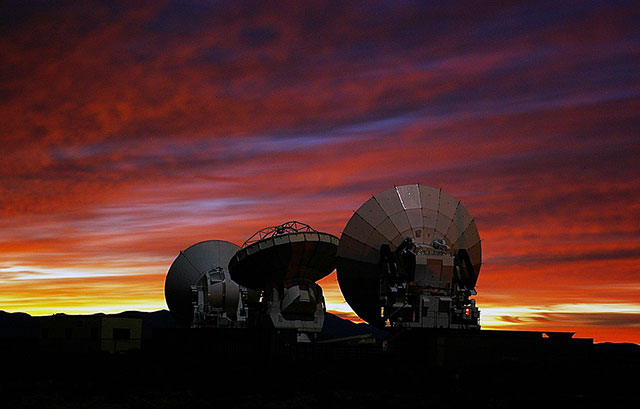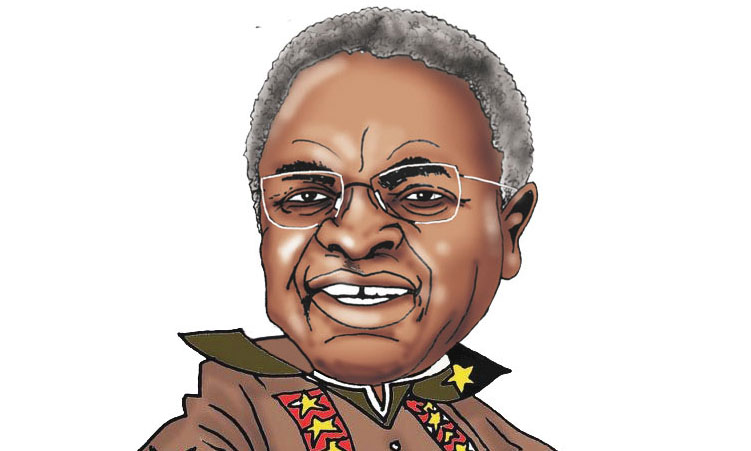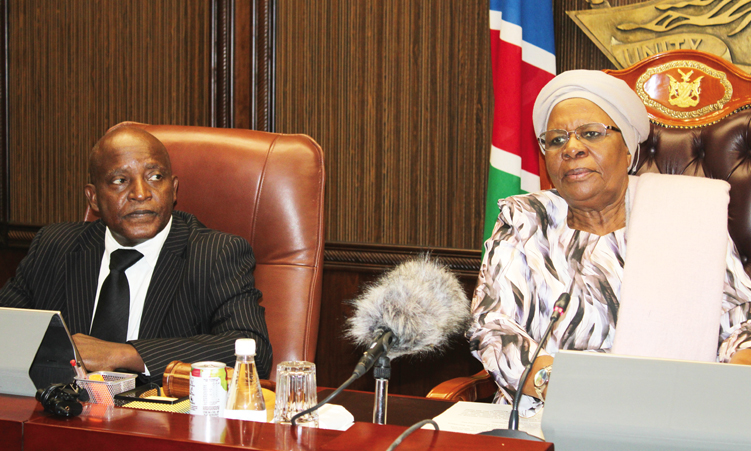THE University of Namibia, in collaboration with The Netherland’s Radboud University, are working on a project to mount a 15-metre telescope at the summit of the Gamsberg Mountain.
The project called the Africa Millimetre Telescope (AMT) is currently in its preliminary design phase.
This telescope will be a first-of-its-kind in Africa. In line with this, Bank Windhoek, in conjunction with the University of Namibia (Unam) and The Netherland’s Radboud University (RU) Nijmegen, will host a scientific event themed ‘Building the Namibian Africa Millimetre Telescope: seeing the unseen’.
According to a statement released last week, the informative worldwide research-based event will take place on Wednesday, 27 March 2019 at Windhoek High School.
The gathering’s objective will be to enlighten and educate the Namibian public on the AMT project.
The Gamsberg mountain site, which is also known as Namibia’s Table Mountain, has been identified by international scientists as a perfect location due to its proximity, positioning, dry climate and a height of 2 350 metres to capture first-of-a-kind high resolution photographs of black holes in the universe.
The AMT, a collaborative project between Unam’s department of physics and RU’s University Nijmegen’s department of astrophysics, aims to provide the essential missing link to the network of telescopes around the globe known as the Event Horizon Telescope (EHT), which aims to obtain the first picture of a black hole.
AMT’s project director, Marc Klein Wolt, who is expected to introduce the project during the event, said: “This will provide us with first-time direct evidence of the existence of black holes, and deliver solid proof of predictions of the theory of relativity, a major scientific breakthrough.”
Facilitated by Bank Windhoek, attendees can expect presentations from key representatives from Unam and RU. Unam’s vice chancellor, Kenneth Matengu, will expand on the importance of the AMT project to Namibia. AMT’s lead professor, Heino Falcke, from RU, is expected to deliberate on black hole science as a subject matter.
The AMT will be the only radio telescope in the millimetre wavelength regime in Africa. It is also envisioned as a highly visible and unique enabler of science, education and outreach, capacity enriching, sustainable energy and socioeconomic development in Namibia.
As a preview to the outreach programme that will be developed for the AMT project, a mobile planetarium will be present during the event, allowing schoolchildren and other participants to enjoy the wonders of our universe.
“Bank Windhoek believes that it is our responsibility to present events that drive progress in the communities in which we operate. Bank Windhoek supports the forging of partnerships, driving change, and being a catalyst for showcasing Namibia’s value to international space research and technology,” said Jacquiline Pack, Bank Windhoek’s executive officer of marketing and corporate communication services.
What are black holes?
Black holes are seen as part of the natural evolution of massive stars. As certain types of stars reach the end of their life, part of its death process is a massive explosion at its very core, a phenomenon called a supernova. This massive explosion causes the star to release huge amounts of energy, resisting its natural gravitational core, and causing it to expand to up to five times its original size.
During this explosion, which could last for months, the star shines extra brightly as it emits energy. Once all the energy of the supernova is expended, the intense gravity at the core of the star once again attracts all the surrounding matter to its centre, compressing all the gathered material to the point where the star will collapse under its own weight, creating an object so compact that not even light can escape. There is no natural force that counteracts the collapse of a star.
The second definition of black holes is that they are a prediction of Einstein’s theory of relativity. Simplified, Einstein predicted that a black hole is a region in space time that has a gravitational force so strong that nothing, not even particles and electromagnetic radiation such as light, can escape from it.
– charmaine@namibian.com.na; Twitter: Char_Ngatjiheue.
Stay informed with The Namibian – your source for credible journalism. Get in-depth reporting and opinions for
only N$85 a month. Invest in journalism, invest in democracy –
Subscribe Now!










